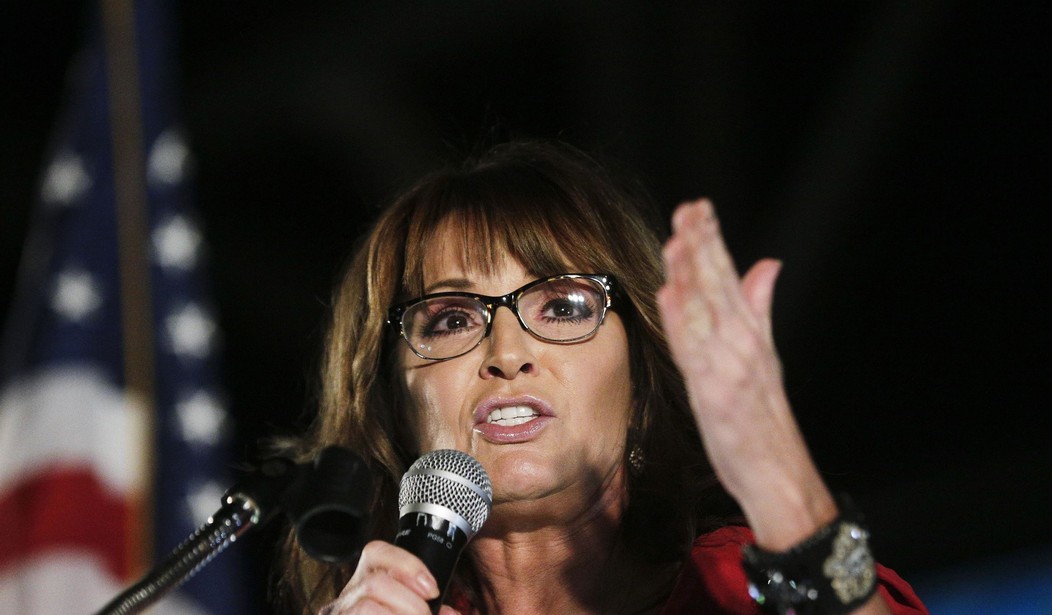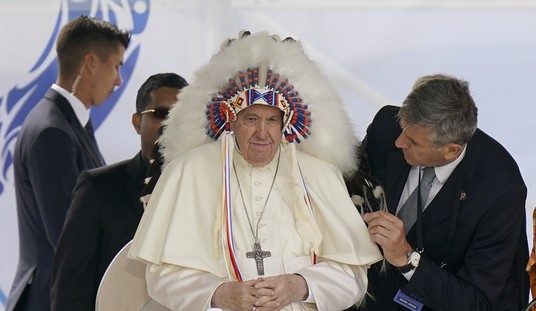Last week, we discussed the bizarre nature of the Alaska special election primary and the general special election to follow in August caused by recent changes to the state’s election laws. The primary turned out mostly as analysts predicted, though Santa Clause didn’t wind up making it through to the next round. The new “open” primary process produced nearly fifty candidates, with all but four of them eventually being left behind. The August election will feature a new “ranked-choice” system of voting, meaning that the candidate who garners the most votes on election day is in no way assured of winning the seat. And in this case, that may be the most likely outcome.
So why are many states making these types of changes? Was our traditional system of having the major parties hold their own traditional primaries really so flawed? At Outside the Beltway, James Joyner examined some of these questions over the weekend. He looked at an NPR analysis by Ron Elving which begins with the premise that we live in a period of national division and “polarizing primaries are part of the problem.”
Our current system produces a Congress and many state legislatures that have abysmal ratings from the voters and yet record high re-election rates for their individual members.
We need new mechanisms to reform, if not replace, the kinds of democratic processes we have. And efforts to find better processes are underway around the country, starting with the party primary system, which is a big reason the extremes tend to pull the parties further apart.
Primary voting is almost by definition dominated by activists, who tend to be more ideological. More moderate candidates who might represent the majority of citizens in a state or a district are at a disadvantage.
The basic crux of Elving’s premise (which Joyner appears to agree with) is that party primaries tend to be dominated by the more “extreme” elements in the party. In other words, the GOP primaries will produce winners who are further to the right while the Democrats’ primaries produce the most progressive candidates. Those who hew more closely to the middle (the moderates), are left out of the conversation.
Elving also contends that rampant gerrymandering (a subject I have railed against here regularly) contributes to the problem. The more “safe” a district is for one party’s candidate, the less they need to worry about attracting moderate voters. On top of all of that, there are now far more independent voters in the country than registered members of either party. So in states with closed primaries, none of those independent voices are heard at the polls. Elving brings up the idea of removing party primaries in favor of “open” primaries where anyone can run and everyone can vote, such as what we saw in Alaska. Joyner is not a fan of that but finds something else appealing in Elving’s proposals.
Now, I’m not a fan of this. To the extent political parties are useful as both a means of coordinating governing activity and signaling a governing agenda to voters, removing labels is problematic. And, while it would give voters more choices, more choices aren’t always good: it requires a lot more work to cull through them and, since most voters don’t follow politics that closely on a day in, day out basis, name recognition could become even more important than it is now.
This, though, is more appealing:
There may also be a ray of hope for lessened partisanship in the system known as ranked-choice voting.
If you want to argue that the current two-party system looks increasingly outdated in light of voting trends in the 21st century, you’ll get no argument from me. And I will further agree that the country is more divided than I’ve seen it in my more than six decades, with partisan appetites moving further and further away from each other. But the discussion that Elving and Joyner are having sounds more like a question of whether we should simply do away with party primaries (and possibly political parties, for that matter) than a conversation about how to “fix” the primary process.
Let’s go back to the actual definition of what a primary election traditionally has been. It’s a process where the actual registered members of each party select who will carry their banner in the general election. It was never supposed to be open to everyone. It operates on the assumption that only the candidates of the two major parties should have a spot on the ballot in the general election and you’re free to take issue with that concept. But what happened in Alaska was not a “primary” in anything close to the traditional definition of the word.
If that’s how you’re going to run your elections, what is the point in having a primary at all? Everyone in Alaska who wanted to vote just went to the polls last week and voted for whoever they found most appealing out of a laundry list of 48 qualifying candidates. Why couldn’t they just declare a winner based on those results? Instead, they will send everyone back to do it all over again in August, only with fewer choices on the menu.
And that brings us to the ranked-choice voting phenomenon, which Joyner seems to approve of, if only for a lack of better alternatives. As any regular readers know, I completely oppose ranked-choice voting. It allows people to effectively vote multiple times for multiple candidates in the same election, which just strikes me as flatly undemocratic. If you are found doing that in states without ranked-choice voting you can be arrested. The person with the most votes on election day should win and everyone gets one shot at it. (Or at least that’s how it’s worked traditionally.) If you insist on someone getting a majority, then you can send the top two finishers to a runoff if you wish. But it’s still one vote by each participating voter and the best man, woman, or “other” (because it’s 2022, after all, and the world has gone off its rocker) takes home the victory.
The current, traditional system clearly has its flaws and produces many results that look strange to me. But in the end, those are the results that were selected by the people who chose to participate, not the ones who stayed on the sideline. And I have no idea how we “fix” it without eliminating it entirely.








Join the conversation as a VIP Member